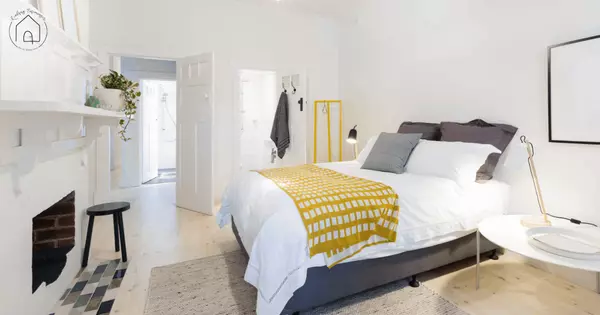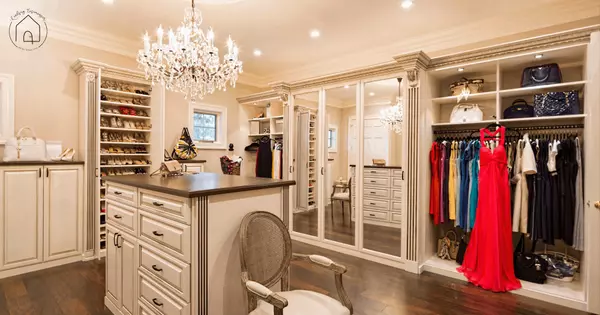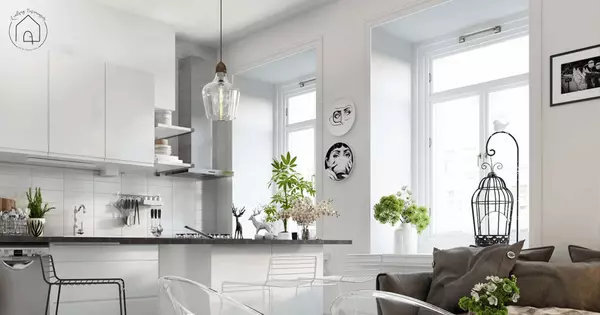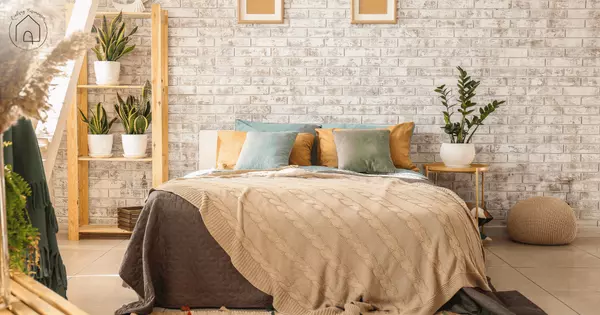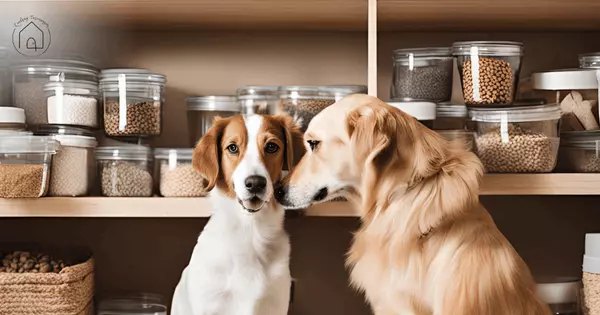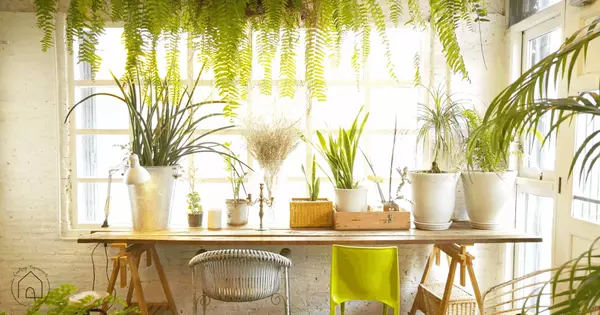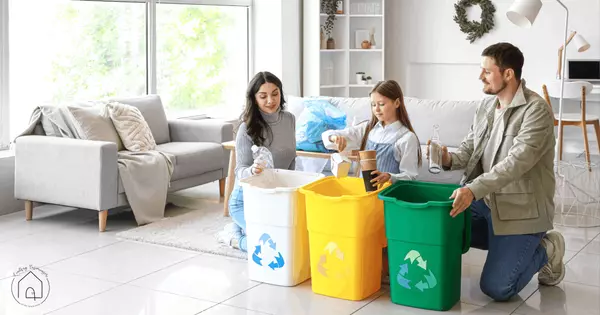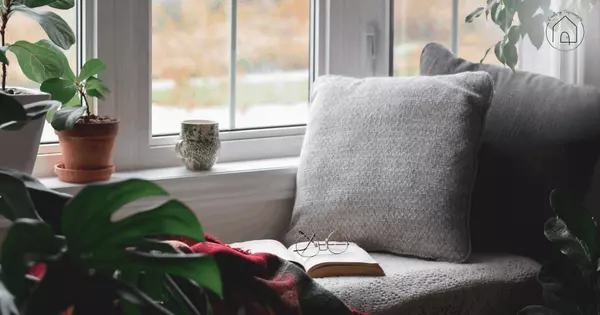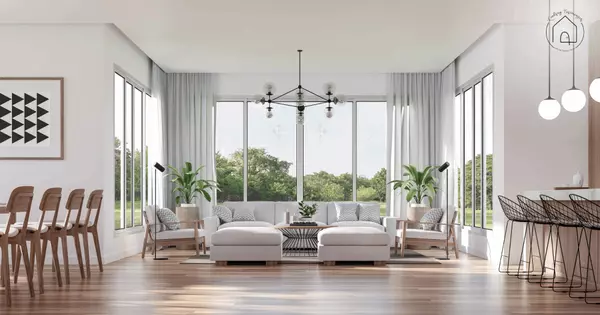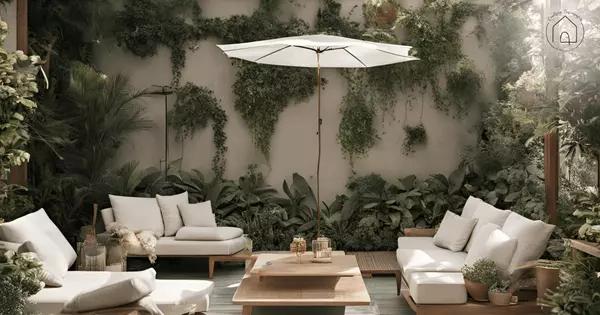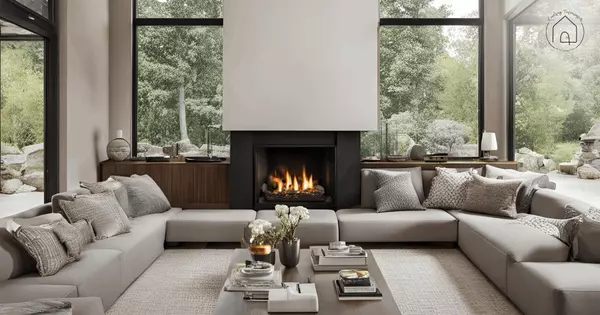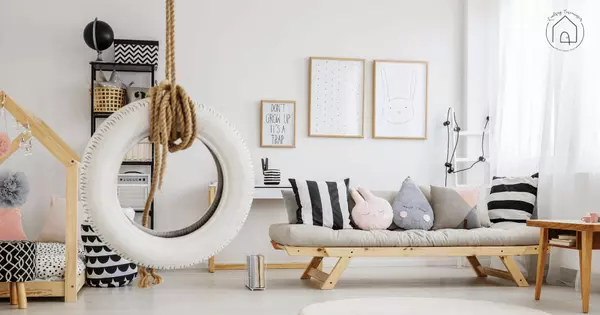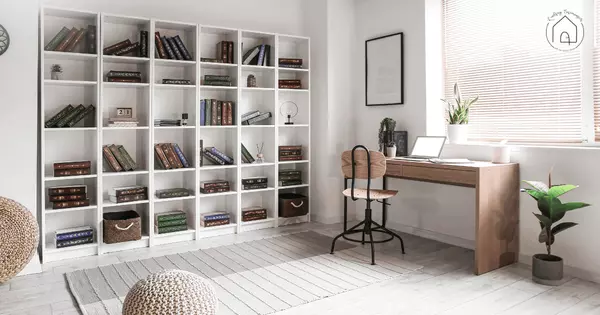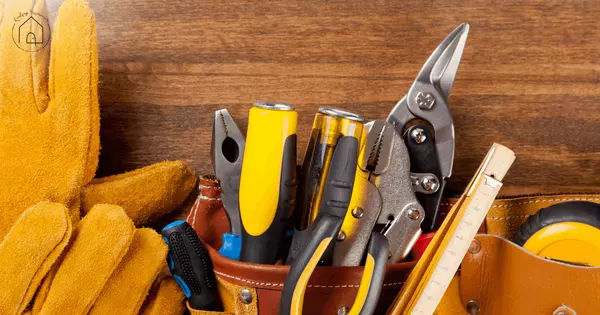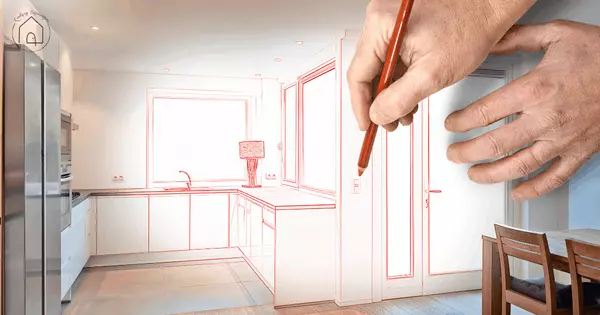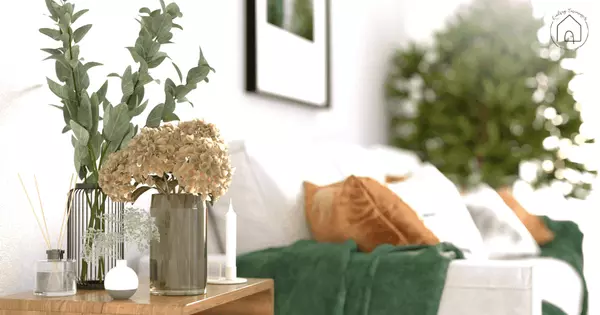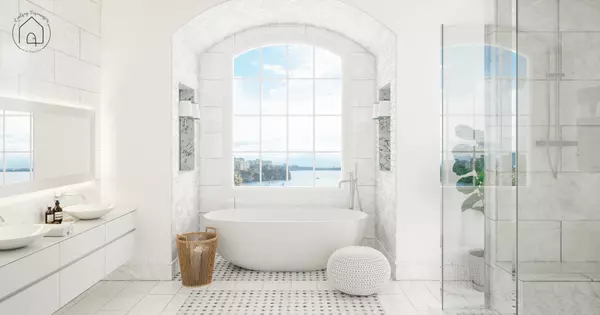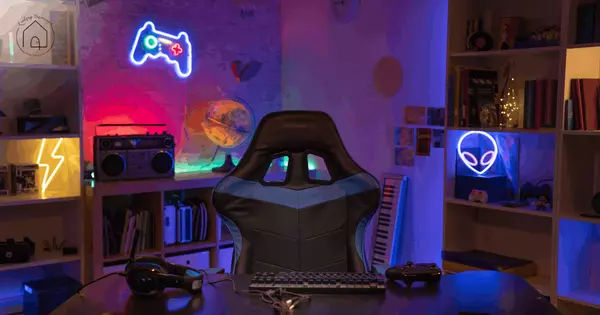Guest Room Goals
A cozy guest bedroom can make visitors feel right at home, offering them a comfortable and inviting space to relax during their stay. Whether you have a dedicated guest room or a multi-purpose space, here’s how to design a cozy guest bedroom that your guests will love. 1. Choose a Soothing Color Pal
Designing a Functional Custom Closet
Creating a custom closet can dramatically improve the functionality and aesthetics of your home. Whether you’re looking to increase storage space, better organize your belongings, or simply add a touch of luxury to your room, designing a custom closet can be a rewarding project. Here’s a comprehensi
Why Balance Matters in Home Design
In home design, balance is a key principle that can transform a space from chaotic to harmonious. It’s about creating a sense of equilibrium, where no single element overpowers the others. Achieving balance in your home design can make your space feel more comfortable, aesthetically pleasing, and fu
Creating a Calm and Cozy Bedroom
Your bedroom should be a sanctuary where you can unwind and recharge. Here are some tips to help you design a relaxing bedroom. 1. Choose Soothing Colors: Neutral Tones: Opt for neutral tones like beige, gray, or soft whites. These colors create a calm and serene environment. Soft Blues and Greens:
Turning Your Backyard into an Adventure Zone
Building a treehouse is a quintessential DIY project that can create lasting memories for you and your children. Whether you’re an experienced builder or a novice, constructing a treehouse is a rewarding endeavor that combines creativity, carpentry, and a bit of adventure. Here’s a comprehensive gui
Pet Supply Organization Made Easy
As a pet owner, you know how quickly pet supplies can take over your home. From toys and treats to grooming tools and food, keeping everything organized can seem like a daunting task. However, with a few simple strategies, you can create a tidy, efficient space for all your pet’s essentials. Here ar
Creating an Indoor Herb Garden
Growing your own herbs indoors is a fantastic way to have fresh flavors at your fingertips year-round. An indoor herb garden is not only practical but also adds a touch of greenery and life to your home. Here’s how to create your own indoor herb garden. Step 1: Choose the Right Location Find a spot
14 Tips for Organizing Home Bins
Recycling is an essential practice for reducing waste and protecting the environment. However, without a proper system in place, managing your home’s recycling can become chaotic. Here are some tips to help you organize your home recycling bins efficiently. 1. Assess Your Needs Start by evaluating t
Designing Your Perfect Reading Nook
A cozy reading nook can be a sanctuary for relaxation and escape from the daily grind. Whether you have a dedicated space or need to carve out a corner, creating a comfortable and inviting reading nook can enhance your reading experience. Here’s how to design the perfect reading retreat in your home
Transform Your Home with New Windows
Upgrading your home’s windows can significantly enhance its aesthetic appeal, energy efficiency, and overall value. Whether you’re looking to reduce your energy bills, improve security, or simply give your home a facelift, here’s a comprehensive guide to help you through the process. 1. Assess Your
Maximize Your Home's Value with Well-Staged Outdoor Spaces
When selling a home, most people focus on the interior. However, the exterior is equally important. Staging outdoor spaces can significantly impact a buyer’s first impression and increase the likelihood of a sale. 1. Enhances Curb Appeal The first thing potential buyers see is the exterior of your h
What to Look for When Buying a Home with a Fireplace
Buying a home with a fireplace adds charm, warmth, and a focal point to your living space. However, there are several factors to consider to ensure you’re making a sound investment. Here are some tips for buying a home with a fireplace. 1. Decide on the Type of Fireplace Fireplaces come in different
Creative Ideas for Your Multi-Purpose Room
A multi-purpose room is a versatile space that can serve various functions, from a home office to a guest room or a workout area. Here’s how to design and plan a room that adapts to your needs. 1. Define the Room’s Functions Start by identifying the primary and secondary functions of the room. Commo
Designing a Functional Home Library
For book lovers, having a home library is a dream come true. It’s a space where you can escape into different worlds, learn new things, and unwind. Creating a home library doesn’t require a lot of space or a huge budget. With some thoughtful planning and creativity, you can turn any area of your hom
DIY Home Improvement Projects to Boost Your Property Value
Looking to increase your home's value with budget-friendly DIY projects? Let's explore a variety of impactful upgrades you can undertake yourself to enhance your property's appeal. 1. Fresh Paint: Painting is one of the most cost-effective ways to transform a space. Choose neutral colors like soft g
The Importance of Home Security Systems
Buying a home is an exciting milestone, but it also comes with the responsibility of ensuring its safety and security. Home security systems play a crucial role in protecting your property and loved ones, offering peace of mind and a sense of control over your living environment. Why Home Security S
Top Home Renovation Trends for the Modern Homeowner
Calling all DIY enthusiasts and renovation rookies alike! Are you ready to breathe new life into your space? Whether you're looking to increase your home's value or simply enhance its aesthetic appeal, there's no shortage of exciting home renovation trends to explore. Let's dive into some of the top
Timeless Home Decor Tips for Every Season
Home decor is an ever-evolving art that allows us to express our personal style and comfort in our living spaces. Whether you’re looking to refresh a single room or overhaul your entire house, applying timeless decor tips can ensure your home stays stylish and welcoming through every season. Here’s
The Essential Guide to DIY Bathroom Maintenance
Maintaining a functional and comfortable bathroom is a cornerstone of enjoyable home living. For homeowners, the ability to perform simple DIY repairs can not only save time and money but also instill a sense of accomplishment and independence. Here are some expanded insights and additional tips for
Creating Your Gaming Paradise
Are you ready to take your gaming to the next level? Whether you're a casual gamer or a hardcore enthusiast, creating the ultimate gaming room can enhance your experience and immerse you in your favorite virtual worlds. From thematic decor to essential accessories, here are 10 tips to transform your

Lindsay Eisiminger
Phone:+1(720) 934-0343



